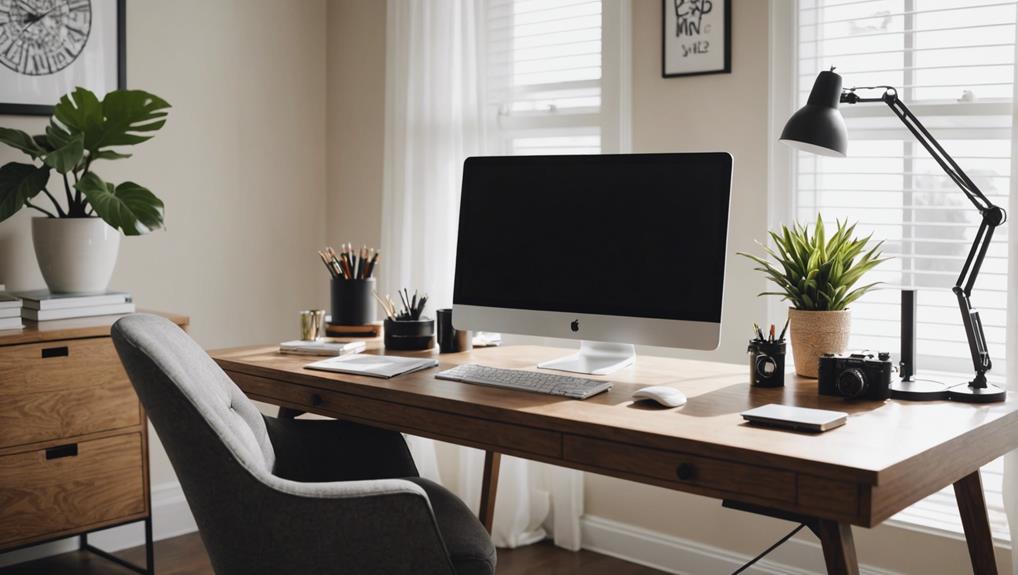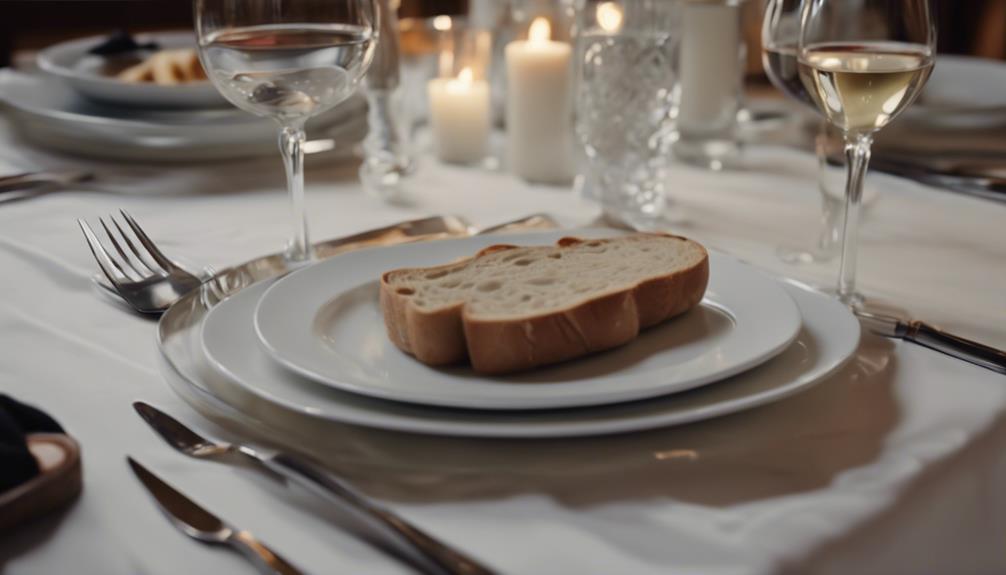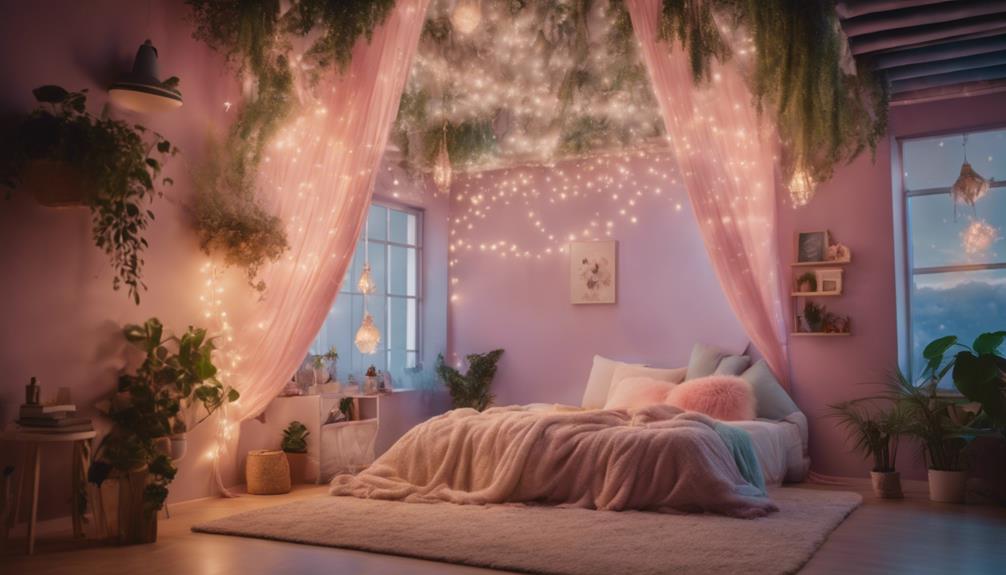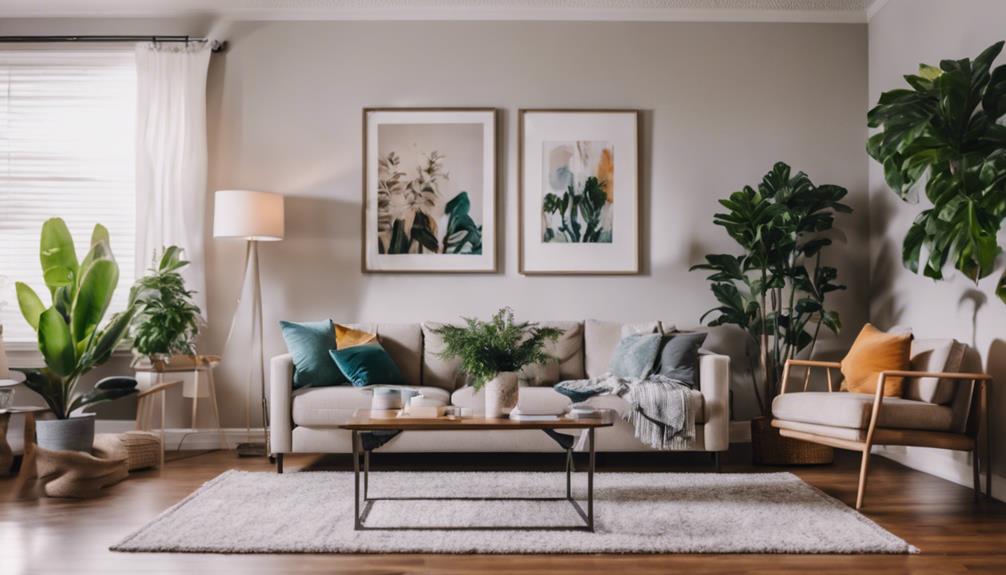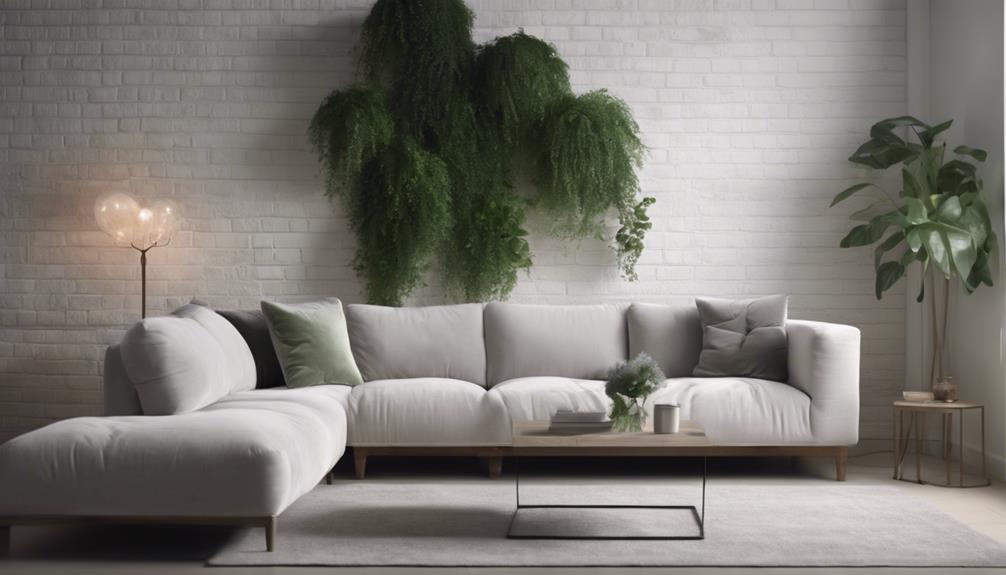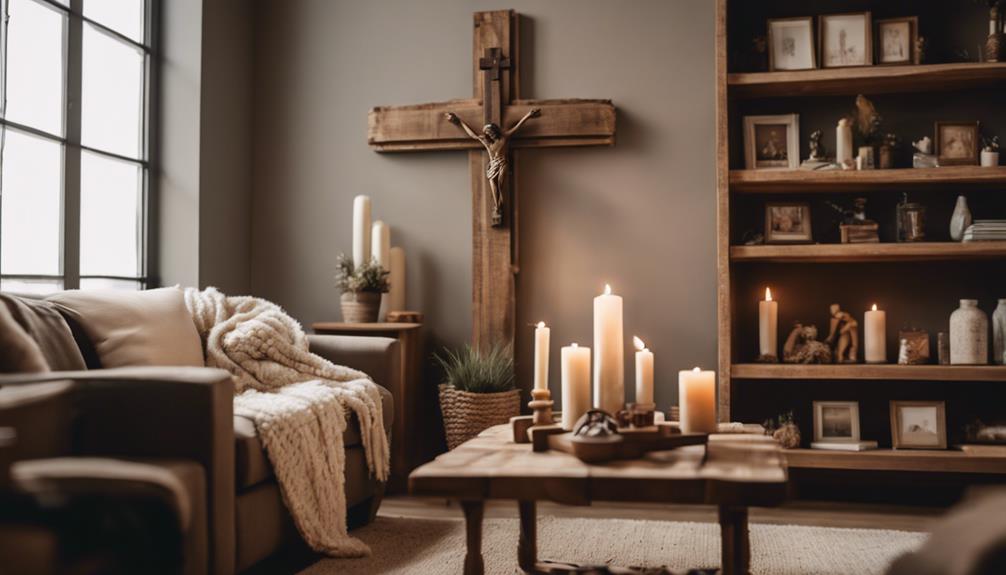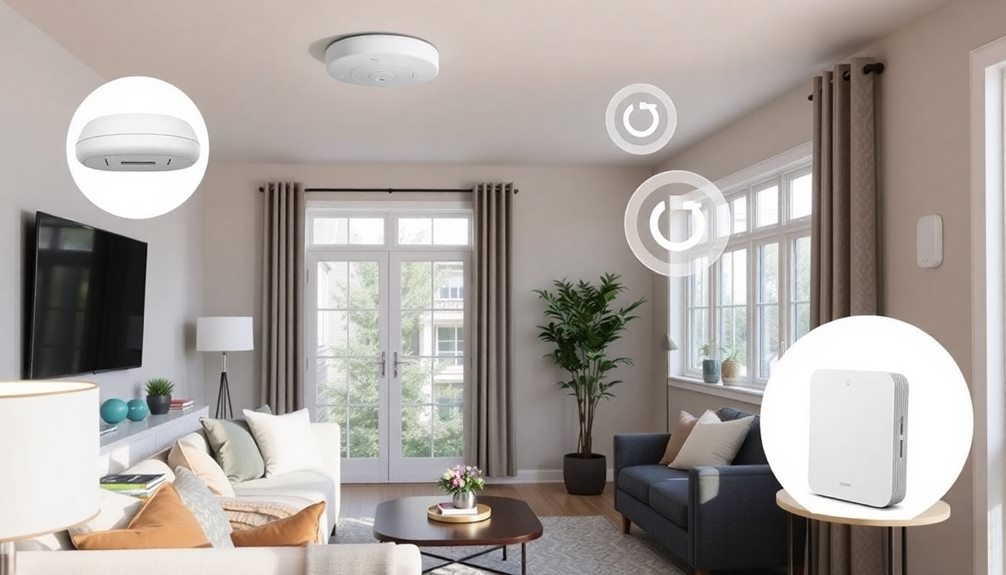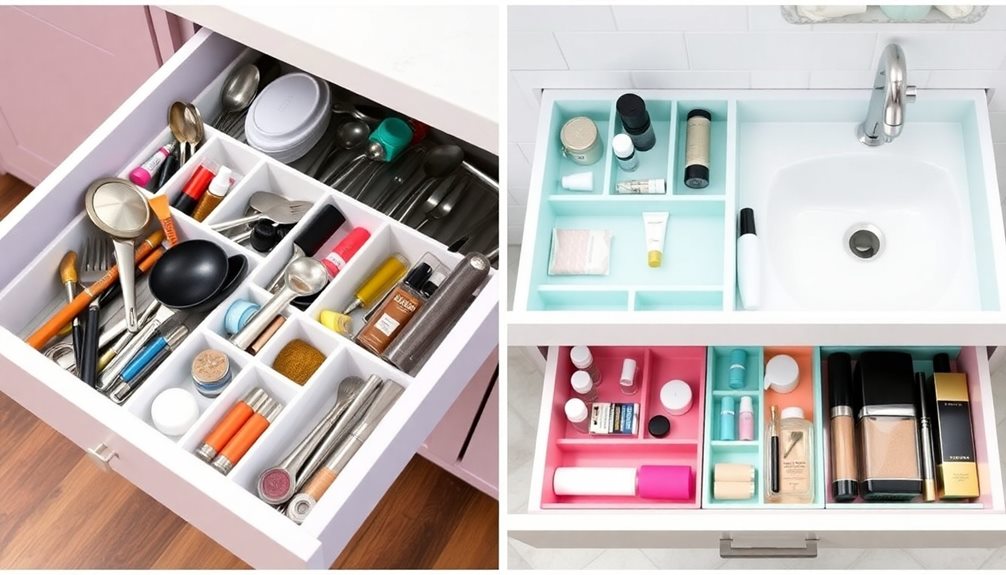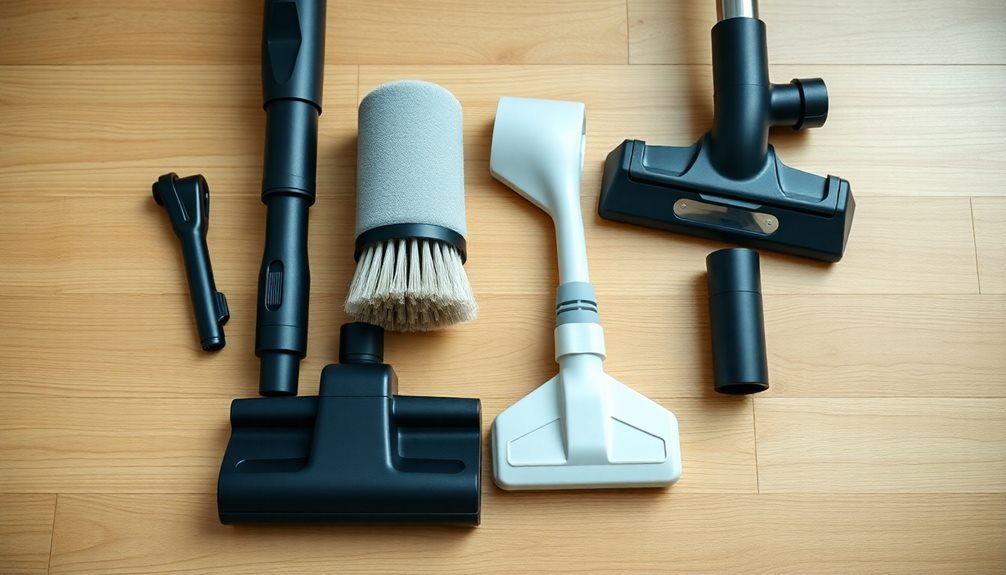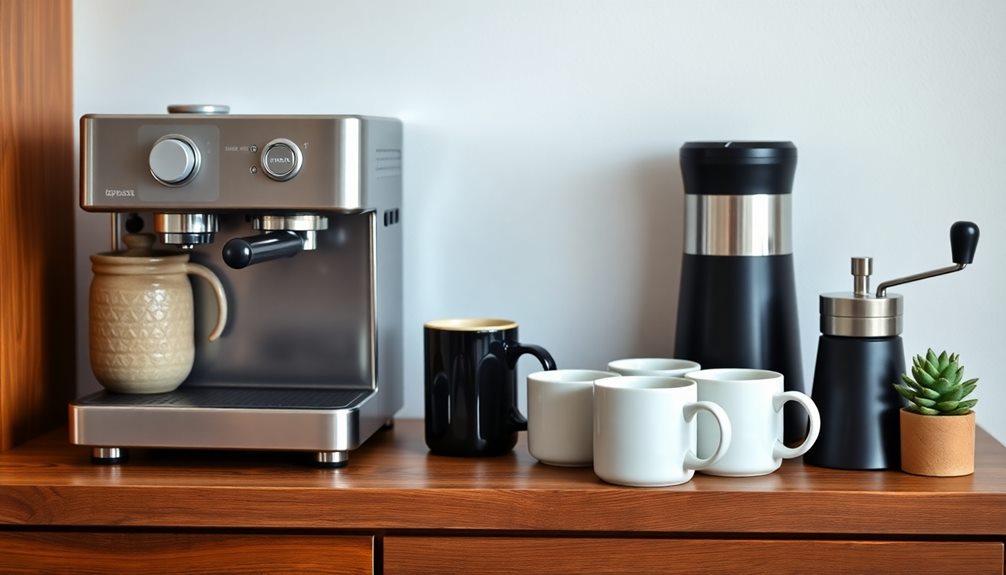Home decor bloggers can generate significant monthly incomes through avenues such as affiliate marketing, sponsored posts, and blog advertising. Successful bloggers like Apartment Therapy and Studio McGee are prime examples, with Apartment Therapy estimated to earn $1,080,000 monthly and Studio McGee around $90,000 monthly. Income for bloggers is influenced by factors like diversification of revenue streams, audience size, and engagement levels. By optimizing these aspects and exploring different monetization strategies such as online stores and consulting services, bloggers can boost their earnings even further. For those looking to learn more about maximizing revenue as a home decor blogger, there are plenty of effective strategies and success stories to dive into.
Key Takeaways
- Successful home decor bloggers can earn from a few hundred to tens of thousands monthly.
- Income varies based on factors like traffic, audience engagement, and brand partnerships.
- Top earners make over $10,000 monthly, with exceptional cases exceeding $50,000.
- Diversifying revenue streams, like affiliate marketing and sponsored content, can maximize earnings.
- Building a strong audience and collaborations with brands are crucial for increasing income potential.
Potential Earnings of Home Decor Bloggers

When considering the potential earnings of home decor bloggers, it's evident that successful bloggers in this niche can achieve substantial income streams through various monetization avenues. Home decor bloggers have the opportunity to make money through avenues such as affiliate marketing, sponsored posts, and advertising on their blogs.
For instance, popular interior design blogs like Apartment Therapy and Studio McGee can earn significant amounts monthly, with Apartment Therapy estimated to make around $1,080,000 per month and Studio McGee bringing in approximately $90,000 monthly. These earnings are primarily generated through advertising and affiliate marketing.
Additionally, blogs like Eye Swoon and Liz Marie Blog leverage sponsored content, affiliate marketing, and advertising partnerships to earn around $18,000 and $32,000 per month, respectively. Even interior designers like Amber Interiors, with blogs that receive around 30,000 monthly visits, can earn millions through a combination of their design business and e-commerce shop.
The potential for income in the home decor blogging niche is vast for those who can effectively monetize their content.
Factors Influencing Blogger Income
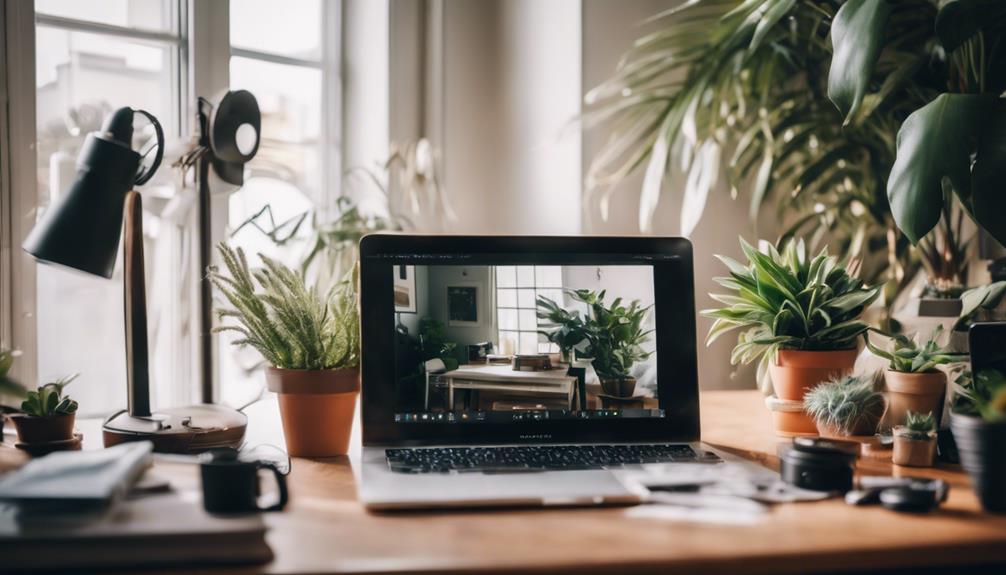
Your income as a home decor blogger can vary based on how you diversify your revenue streams and the size of your audience. The more varied your income sources are, such as through online stores or consulting services, the more stable your earnings may become.
Attracting a larger audience and engaging them effectively can also greatly impact how much you earn each month.
Revenue Streams Diversity
Diversifying revenue streams is a critical factor in influencing the income of home decor bloggers. Apart from affiliate marketing, successful bloggers also make money through sponsored content, advertising, and selling small digital products or interior design services on their home decor blogs.
By incorporating various monetization strategies, bloggers can maximize their earnings potential. Having multiple income streams not only increases your revenue but also helps in creating a more stable financial foundation.
It's essential to build a strong and engaged audience to effectively leverage these revenue streams. By optimizing your monetization strategies and diversifying your income sources, you can enhance your overall income as a home decor blogger.
Audience Size Impact
Maximizing your audience size directly impacts the income potential of home decor bloggers. A larger and more engaged audience often translates to higher earnings due to increased opportunities for collaborations, sponsored content, and affiliate marketing.
Home decor bloggers focusing on niche-specific interior design content with high-quality engagement tend to earn more through sponsorships and partnerships with brands. Additionally, audience demographics, such as location and purchasing power, play a significant role in determining the income potential of bloggers in the home decor niche.
Monetization Strategies for Bloggers

To enhance your earnings as a home decor blogger, consider implementing effective monetization strategies such as affiliate marketing, display ads, selling products, and leveraging immediate income potential.
- Affiliate Marketing: By promoting products or services and earning a commission for each sale made through your unique affiliate link, you can generate passive income.
- Display Ads: Partnering with ad networks or directly with brands to display ads on your blog can provide a steady stream of revenue based on clicks or impressions.
- Online Stores: Setting up an online store to sell curated home decor products or merchandise related to your blog can be a lucrative way to monetize your content.
Implementing a combination of these strategies can help you diversify your income streams and maximize your earnings as a home decor blogger. Remember to align these monetization methods with your content and audience interests to achieve the best possible outcomes.
Successful Home Decor Blogs' Earnings
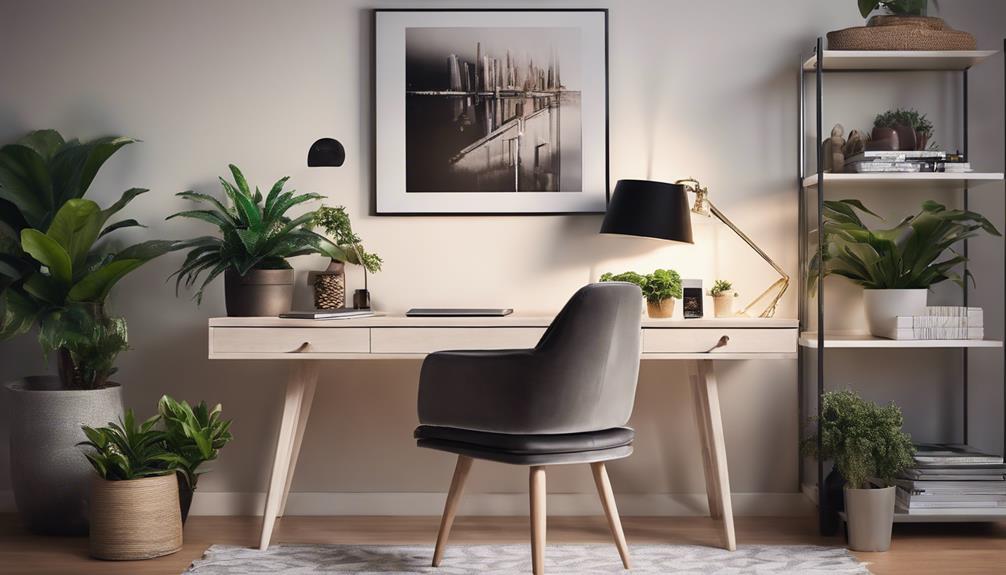
Successful Home Decor Blogs' Earnings vary greatly depending on factors such as audience size, engagement levels, and monetization strategies.
A breakdown of revenue streams typically includes advertising, affiliate marketing, sponsored content, and even product sales.
Analyzing the earning potential of these blogs can shed light on the lucrative opportunities within the home decor blogging niche.
Income Sources Overview
Home decor bloggers can generate significant income through various revenue sources such as advertising, affiliate marketing, and sponsored content.
- Advertising: Placing ads on their blogs can bring in a steady stream of income from ad revenue.
- Affiliate Marketing: By promoting products and earning a commission on sales, bloggers can boost their earnings.
- Sponsored Content: Collaborating with brands to create sponsored posts or reviews can be a lucrative income source for home decor bloggers.
Revenue Streams Breakdown
Breaking down the revenue streams of thriving home decor blogs reveals the diverse sources contributing to their impressive earnings. These blogs earn substantial monthly incomes, with revenue streams mainly coming from advertising, affiliate marketing, and sponsored content. For example, Studio McGee rakes in around $90,000 per month through these channels.
Liz Marie Blog, focused on modern farmhouse tours and DIY projects, generates approximately $32,000 monthly from sponsored content, affiliate marketing, and advertising partnerships.
Eye Swoon, founded by Athena Calderone, earns an estimated $18,000 per month through sponsored content, affiliate marketing, and advertising partnerships. These figures showcase the lucrative potential within the home decor blogging niche, where strategic monetization strategies can lead to significant financial rewards.
Earning Potential Analysis
Analyzing the earning potential of top home decor blogs reveals impressive financial success driven by diverse revenue streams. Home decor bloggers have the opportunity to earn substantial incomes through various channels such as:
- Sponsored Content: Bloggers collaborate with brands to create sponsored posts, generating significant monthly revenue.
- Affiliate Marketing: By promoting products and earning a commission on sales, bloggers can secure a stable income stream.
- Advertising Partnerships: Working with advertisers to display ads on their platforms, bloggers can further boost their earnings.
These revenue streams, combined with a focus on interior design expertise and niche-specific content, contribute to the financial prosperity of successful home decor bloggers.
Average Income Range for Home Decor Bloggers

When considering the average income range for home decor bloggers, it is important to recognize the significant variability in earnings within this niche. Successful bloggers can earn from a few hundred dollars to tens of thousands per month. Factors such as traffic volume, audience engagement, monetization strategies, brand partnerships, and niche expertise play a pivotal role in determining income levels. Below is a table summarizing the average income range for home decor bloggers based on available data:
| Average Income Range | Monthly Earnings ($) | Annual Earnings ($) |
|---|---|---|
| Low | $200 – $1,000 | $2,400 – $12,000 |
| Medium | $1,000 – $5,000 | $12,000 – $60,000 |
| High | $5,000 – $10,000 | $60,000 – $120,000 |
| Top Earners | $10,000+ | $120,000+ |
| Exceptional Cases | $50,000+ | $600,000+ |
These figures highlight the diverse income potential for home decor bloggers based on their engagement levels, content quality, and ability to leverage various revenue streams effectively.
Top Earning Home Decor Bloggers

Among the highest-earning home decor bloggers are prominent figures such as Apartment Therapy, Studio McGee, Eye Swoon, Liz Marie Blog, and Amber Interiors, each showcasing impressive monthly earnings from various revenue streams.
- Apartment Therapy: Known for its diverse range of interior design content, Apartment Therapy earns an estimated $1,080,000 per month through advertising, affiliate marketing, and sponsored content.
- Studio McGee: Specializing in chic interior design, Studio McGee generates about $90,000 monthly from advertising, affiliate marketing, and sponsored content.
- Eye Swoon: With a focus on recipes and design, Eye Swoon earns an estimated $18,000 monthly through sponsored content, affiliate marketing, and advertising partnerships.
These top earners demonstrate the potential income opportunities within the home decor blogging industry, leveraging strategies like affiliate marketing, sponsored content, and advertising partnerships to monetize their blogs effectively and showcase their passion for interior design.
Diversifying Income Streams in Home Decor Blogging
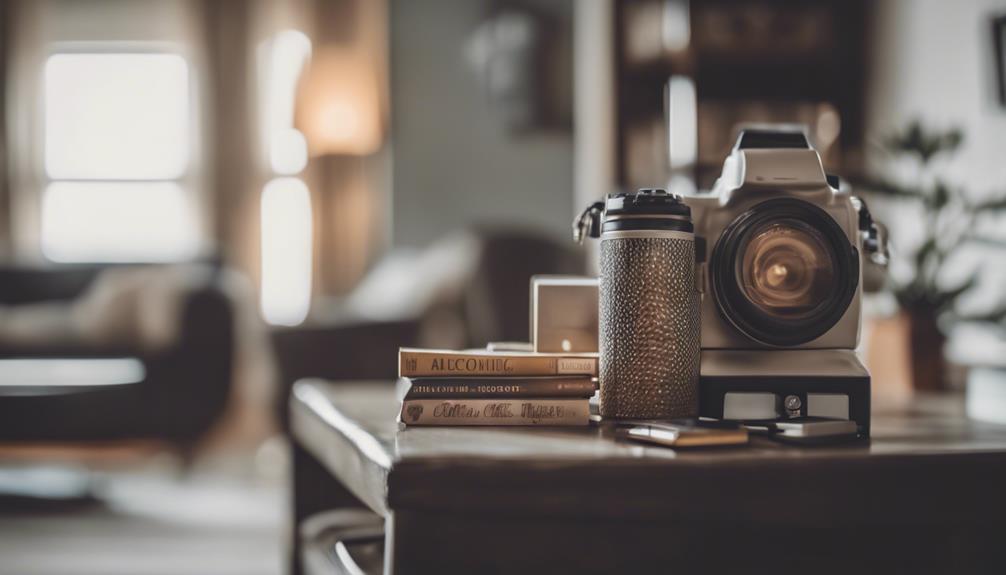
To enhance your earnings potential as a home decor blogger, consider diversifying your income streams through sponsored posts, brand partnerships, and affiliate marketing. These avenues can help you maximize your revenue while also expanding your audience reach.
Setting up an online store to sell curated home decor products is another great way to boost your income. Additionally, offering consulting services for interior design projects can be a lucrative source of revenue for home decor bloggers.
Monetization through display ads, sponsored content, and creating a membership program for exclusive resources can further enhance your income potential in this niche. Exploring opportunities like licensing products, securing speaking gigs, and book deals can also contribute to your financial success.
Developing digital products such as e-books, online courses, and securing sponsorships and brand partnerships are key strategies for generating income and diversifying your revenue streams within the home decor blogging industry.
Scaling Income as a Home Decor Blogger

To scale your income as a home decor blogger, focus on implementing diverse monetization strategies such as affiliate marketing, sponsored content, selling products, and online courses.
- Monetization Strategies:
- Affiliate Marketing
- Sponsored Content
- Online Courses
Affiliate marketing allows you to earn a commission by promoting products on your blog. Sponsored content involves collaborating with brands for paid posts. Selling products, like home decor items or e-books, can create a passive income stream. Additionally, developing online courses on topics related to home decor can attract a paying audience seeking your expertise.
Maximizing Revenue Opportunities for Bloggers
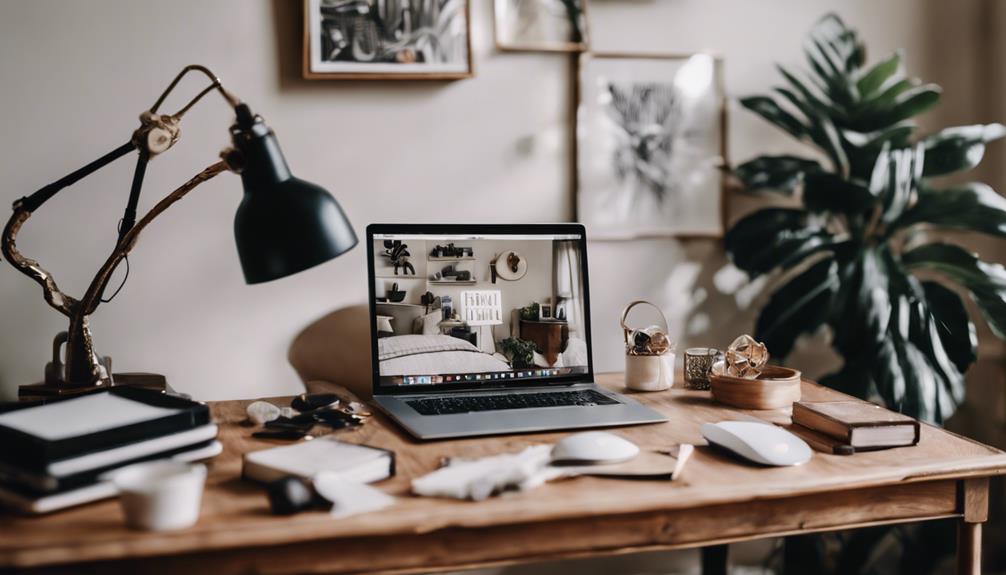
By diversifying your income streams through various monetization strategies, you can maximize revenue opportunities as a home decor blogger. Utilizing a combination of affiliate marketing, sponsored content, advertising, and other methods can help you increase your blog revenue greatly. Here is a breakdown of some key strategies to explore:
| Monetization Strategy | Description |
|---|---|
| Affiliate Marketing | Promote products and earn a commission on sales |
| Sponsored Content | Partner with brands for paid blog posts |
| Advertising | Display ads on your site for revenue |
| Interior Design Services | Offer design services for a fee |
Frequently Asked Questions
How Much Do Interior Design Bloggers Make?
Interior design bloggers can earn varying amounts depending on factors like audience size, engagement, and revenue streams. Successful bloggers like Studio McGee and Liz Marie Blog generate significant income through advertising, affiliate marketing, and sponsored content.
Amber Interiors, known for a bohemian aesthetic, earns millions from design services and e-commerce. Eye Swoon and Apartment Therapy also make substantial monthly earnings through similar revenue sources.
The potential for income in this field is diverse and can be lucrative.
How Much Does Blogger Pay per 1,000 Views?
When a blogger gets paid for 1,000 views, the range typically falls between $5 to $25 through display ads. The actual amount varies based on factors like niche, audience demographics, and ad placement on the blog.
Quality content and an engaged audience can boost ad revenue per 1,000 views. Additional income streams like affiliate marketing, sponsored content, and product sales also impact overall earnings.
Focus on building a loyal audience and creating valuable content to increase your earnings per 1,000 views.
How Do Home Decor Influencers Make Money?
Home decor influencers make money through various channels such as sponsored content, affiliate marketing, display ads, and product sales. Diversifying income sources, including collaborations with brands and selling digital or physical products, can significantly boost earnings. Successful influencers have the potential to earn anywhere from thousands to over a million dollars monthly. In addition to these revenue streams, they also profit from sponsored social media posts, brand partnerships, speaking gigs, book deals, and online courses.
Engaging genuinely with followers and aligning strategies with content and audience interests are crucial factors in maximizing income.
How Much Do Beginner Bloggers Make?
As a beginner blogger, your earnings can range from $0 to a few hundred dollars per month. Income sources typically include affiliate marketing, sponsored content, and display ads.
Focusing on building a loyal audience and creating high-quality content can boost your earnings over time. Successful bloggers often reinvest profits to grow their blog and explore more monetization avenues.
Prioritize brand development, valuable content creation, and audience engagement to enhance your earning potential.
Conclusion
To sum up, home decor bloggers have the potential to earn a significant income through various monetization strategies. By diversifying income streams and scaling their earnings, bloggers can maximize revenue opportunities in the competitive world of online blogging.
Remember, Rome wasn't built in a day, and neither is a successful blogging empire. Keep honing your craft, exploring new avenues for income, and watch your earnings soar like a bird in flight.
